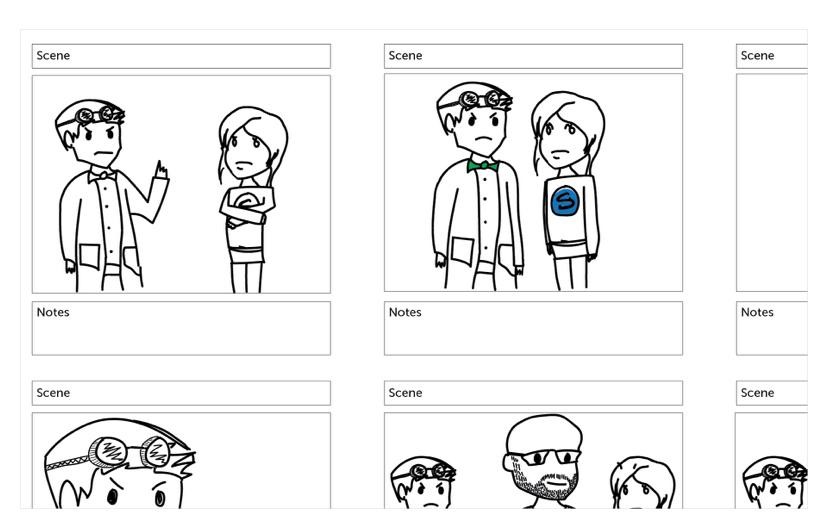Videos are ideal for practice and learning for viewers who wants to learn quickly. Also, videos are inherently more fun than text-based technologies. They are more interesting than reading ten black and white pages. Watching videos gives you precisely step-by-step instructions on how to do something.
If you’re still wondering why you should make videos, here are some of the key benefits of making videos this year:
- Drive traffic to your website
- Improve Google Search
- Results Take the burden off your technical or customer support.
- Increase customer satisfaction
- Creating more intelligent customers and users business growth
How to create an effective, Engaging Video Tutorial?
Even if you have never done video creation, you can effectively create it. The important thing is to have the right software and a little guidance. Simple enough to be used by literally anyone, This is powerful enough to find that even veteran video professionals meet almost every video need. But don’t bring up the video editor yet. There are several important steps to making it successful.

- Start with a strong plan.
- Whether you want to learn how to make a video tutorial or other training video, it all starts with careful planning.
- Please take a moment to get to know your audience. Find out how they use your product, and find out what they struggle with. Then use this information to select the textbook topic that will be most helpful to your audience.
- Once you have a theme, create a storyboard to summarize and visualize what you want your video to show.
- Write a detailed script about the project :
- Here are some tips to help you write scripts. First, use the words you use in everyday conversation. This will make your script look smooth and natural.
- Next, show your audience what’s going on without telling them. Rather than telling what’s happening on screen, let your actions speak for themselves and use that time to add context with your voice or storytelling.
- Then practice and practice again. Read the script aloud to see how it works. If you’re confused, go back and see if you’re using natural language.
- Find someone who isn’t afraid to say their thoughts and send them a script. This may sound daunting at first, but it becomes an essential part of the scripting process once you get used to the feedback.
- Record audio commentary
- Get the best microphone that you can afford. Even a low-end mic will produce a better sound than your computer’s. Find a quiet spot to record.
- This’s video editor makes it easy to record your voice with the built-in voice narration. Once you are satisfied with the script, you can start recording it.
- Make sure to speak clearly and slowly. Don’t make the same mistake twice. You can pause and begin again from where you were. When you are done, mistakes can be corrected.
- Make a video of your screen.
- Next, record your screen video. Clean up your desktop and close any apps you don’t use. Turn off any notifications.
- You can open the application you wish to record and then walk through what you want to share with your viewers.
- This will allow you to create smooth cursor movements and make it easier to edit the final product. Once you are done, you can open This and record your screen.
- You can always pause if you make an error and then return to the original mistake. It is possible to edit the error at the end. Make sure your screen recording software has video editing.
- Reduce mistakes and trim excess footage
- After recording your screen, it is time to start editing. Start by removing any mistakes or trimming excess footage.
- Once you are done, add your audio narration and other media to complete the project.
- Synchronize your audio and videos
- Clip speed and extended frame are used to align your narration with the video’s pace.
- Split the clip to give more time for a concept. Then use the extended frame to freeze it. You can also speed up boring parts of your recording by adding clip speed and dragging the handles.
- Share and export the video.
- The last step when creating a tutorial video is to save it. Consider where you would like this video to be stored, and then choose a destination for sharing.
- We recommend sharing your video with at least a few people for feedback. This is a great way to ensure your message is clear and your video accomplishes your goals.
We’re now at the final step in creating a Production and hosting. This is when the video is made available to viewers. First, create the video. Your video will be converted from the video editor to a video file by producing it. Most people are familiar with the various video file formats available, including the popular and most widely used MP4.
Unless there is a compelling reason not to, I recommend creating your video in MP4 format. This’s tutorial video is an excellent place to start. Hosting is the way a video is made accessible to viewers. YouTube and Vimeo are two examples of hosting sites. However, there are many other ways to host videos, and you must choose the one that best suits your needs.
If you don’t want it to be accessible to everyone in your company, you can make it available on your knowledge base, help desk, or website.

